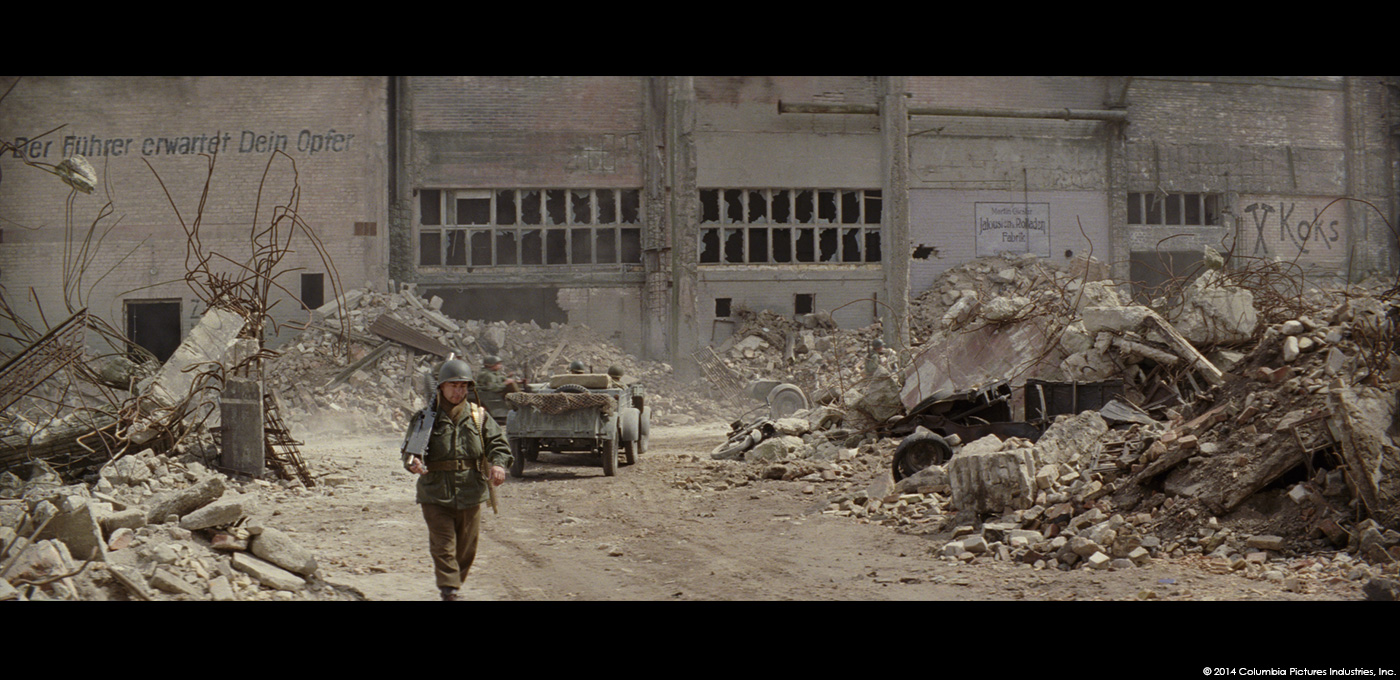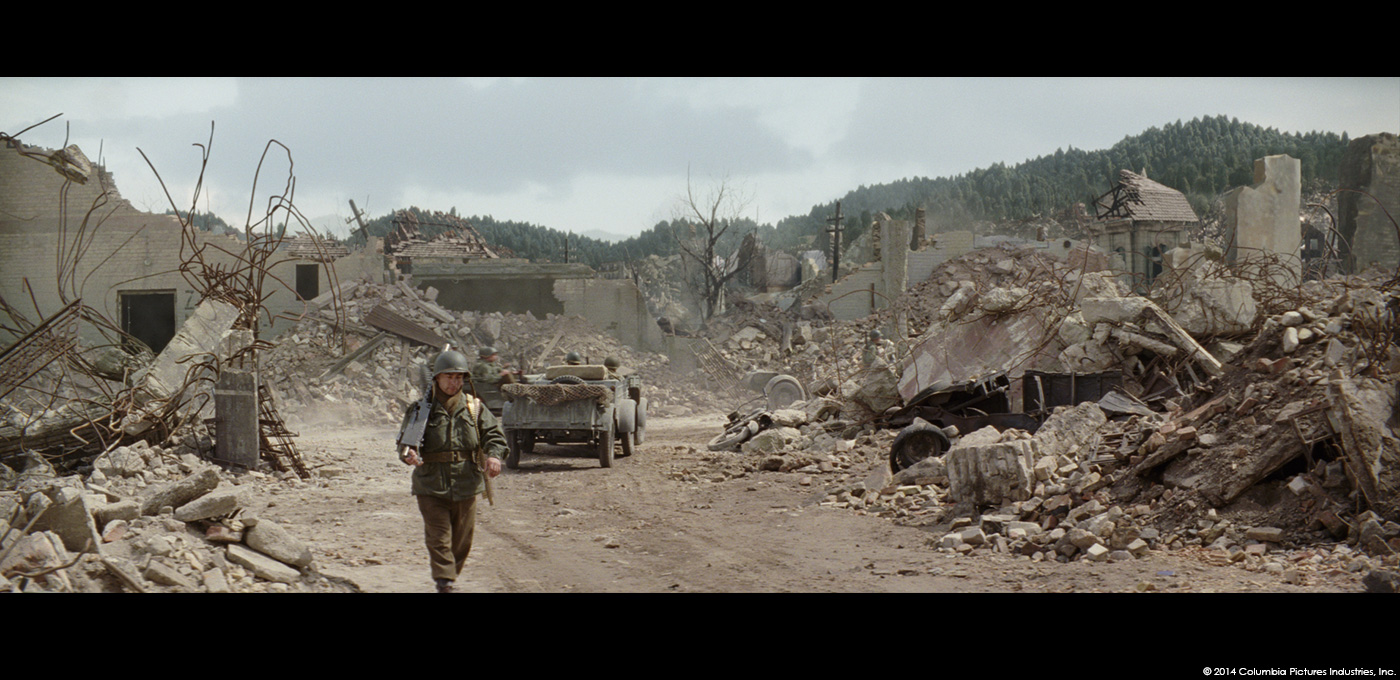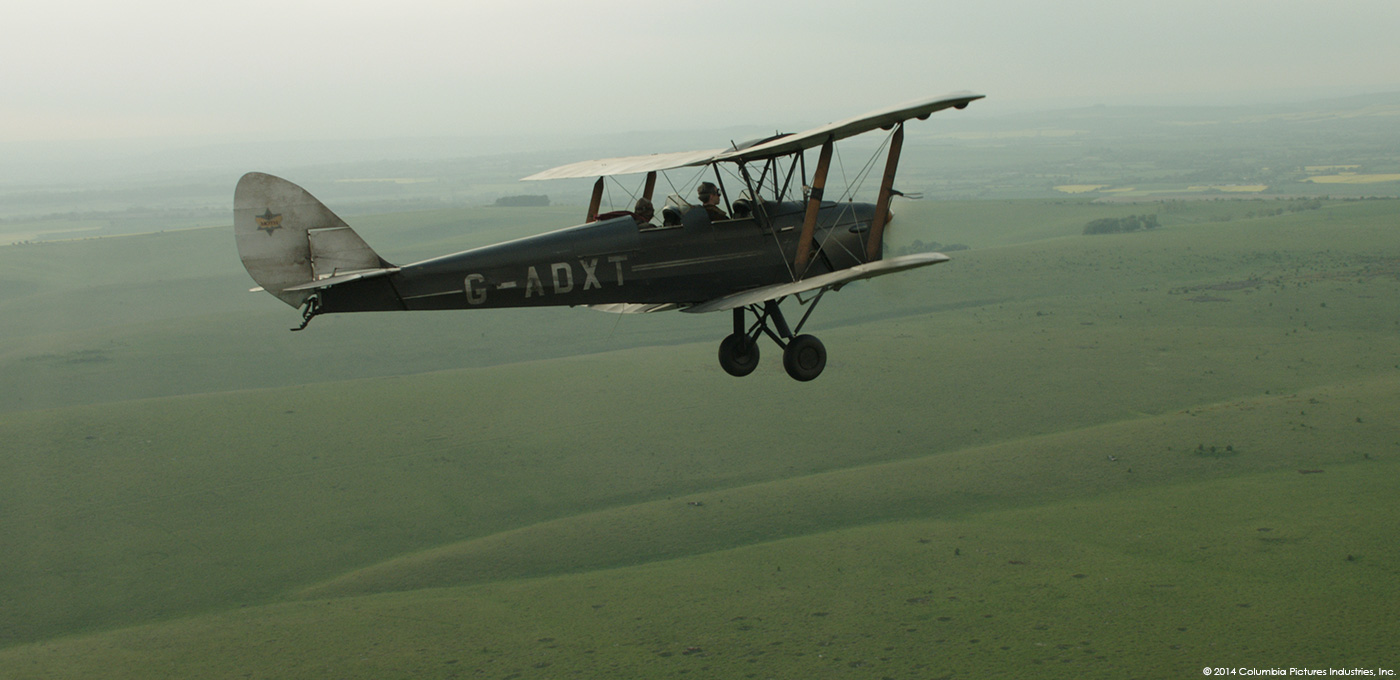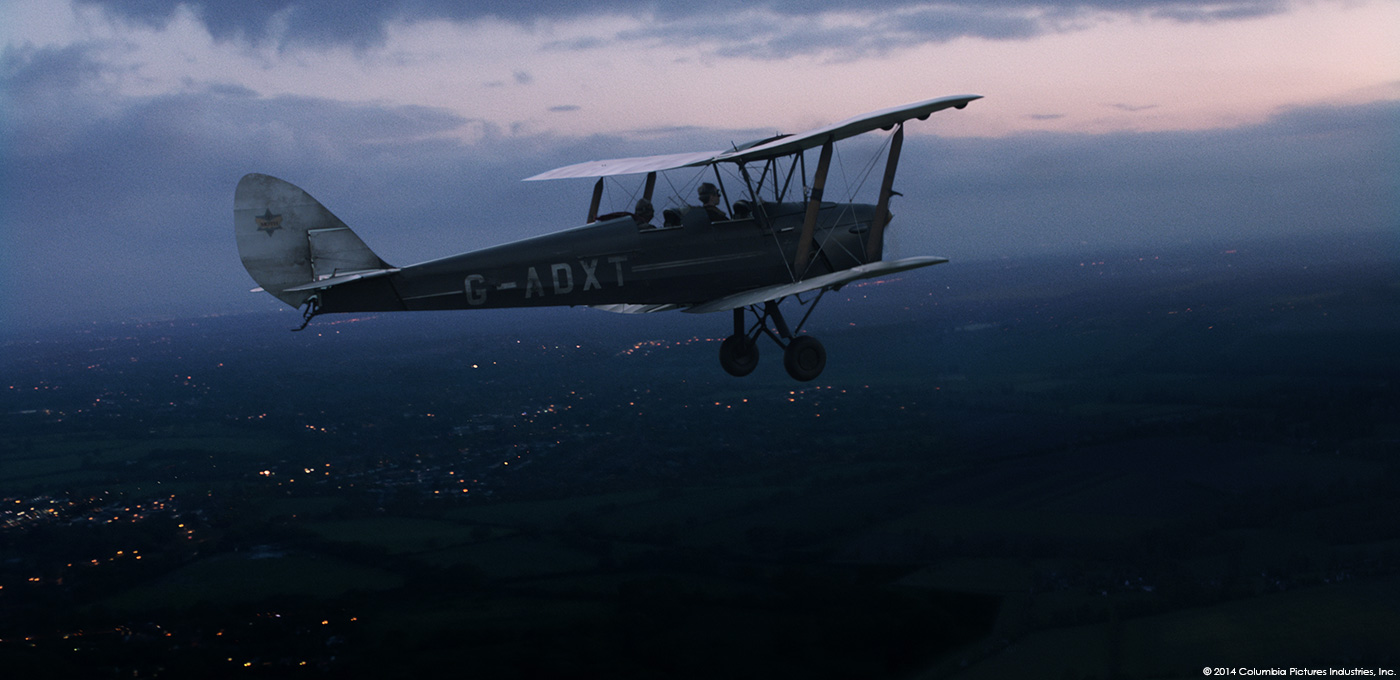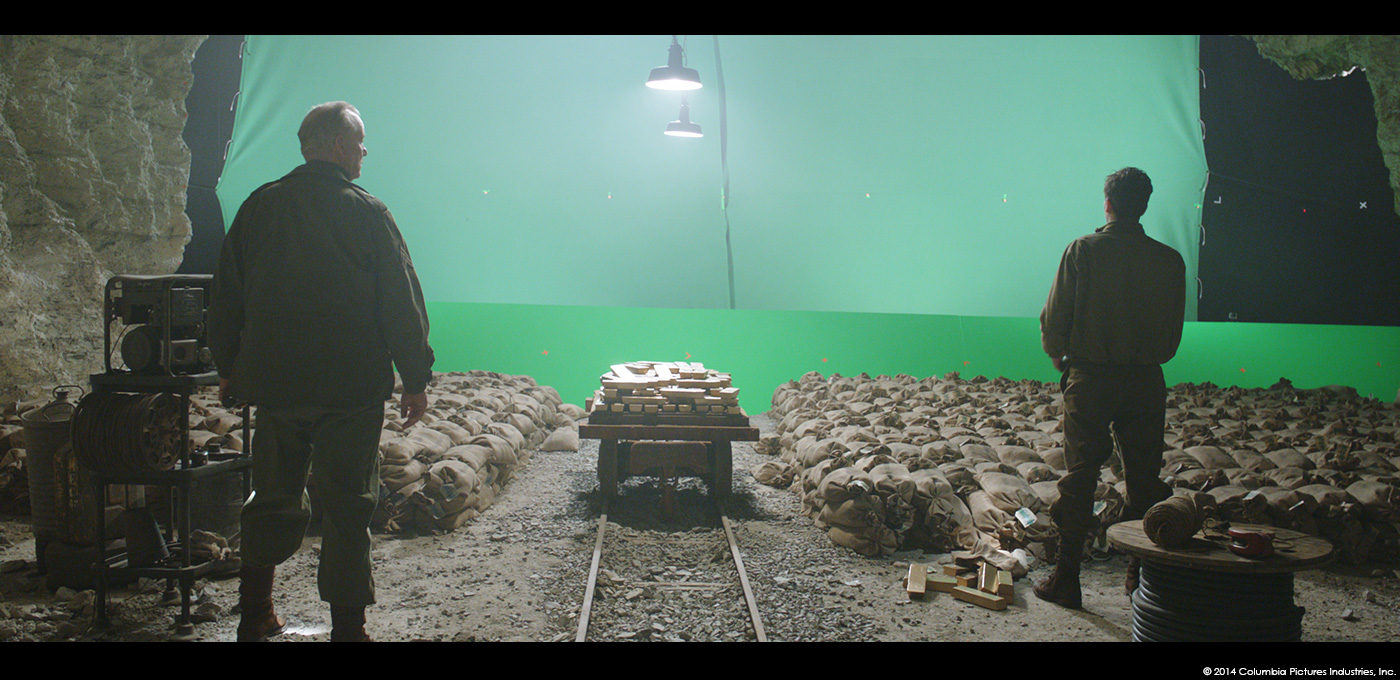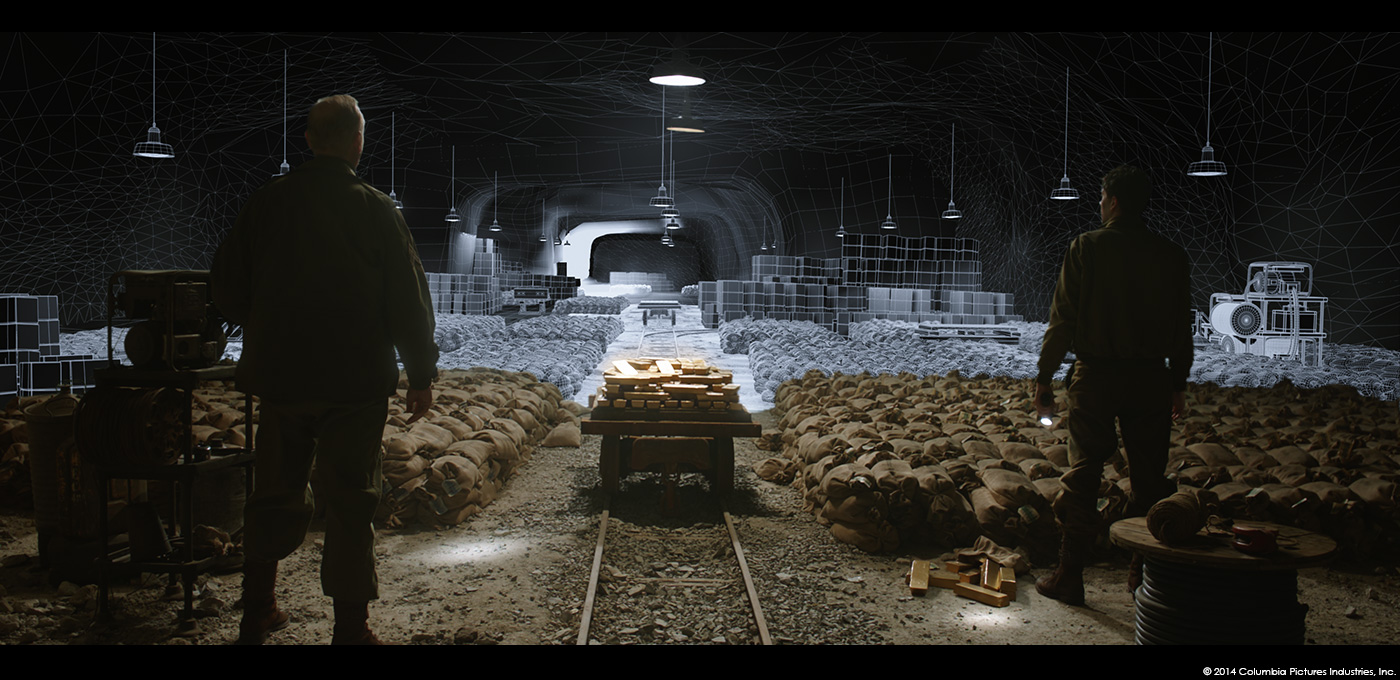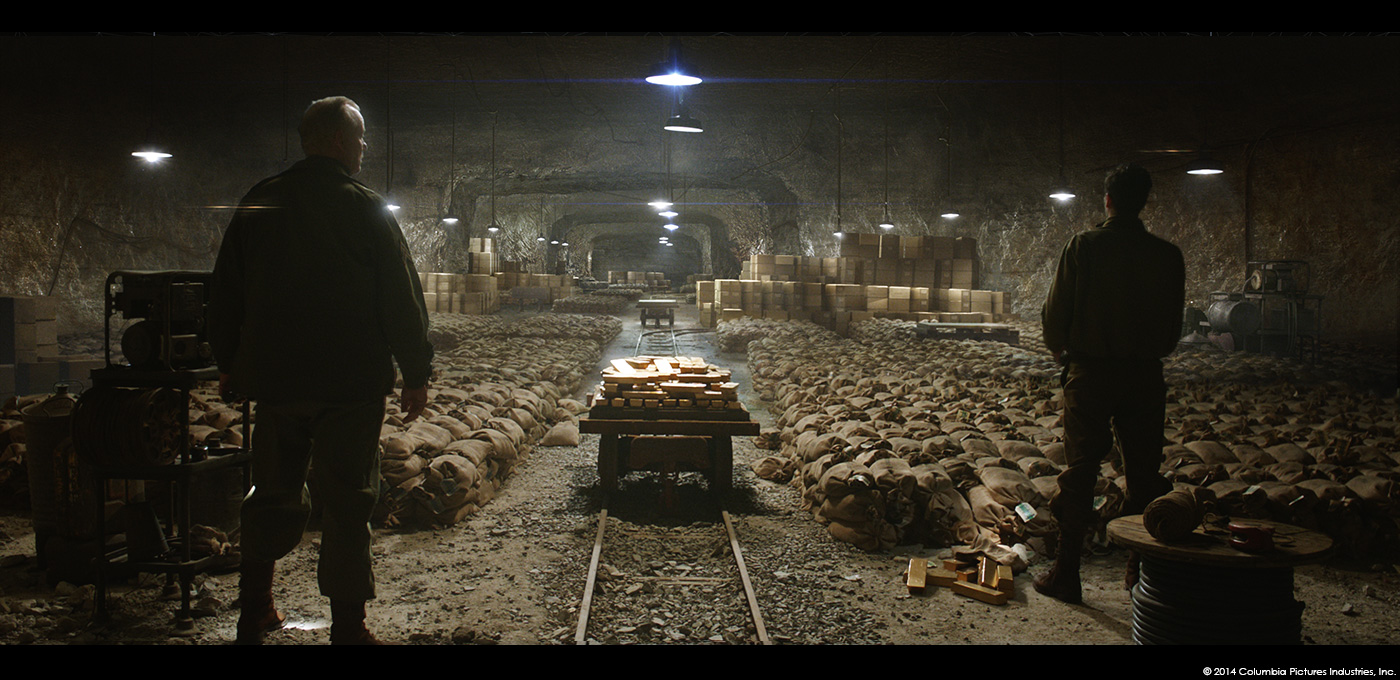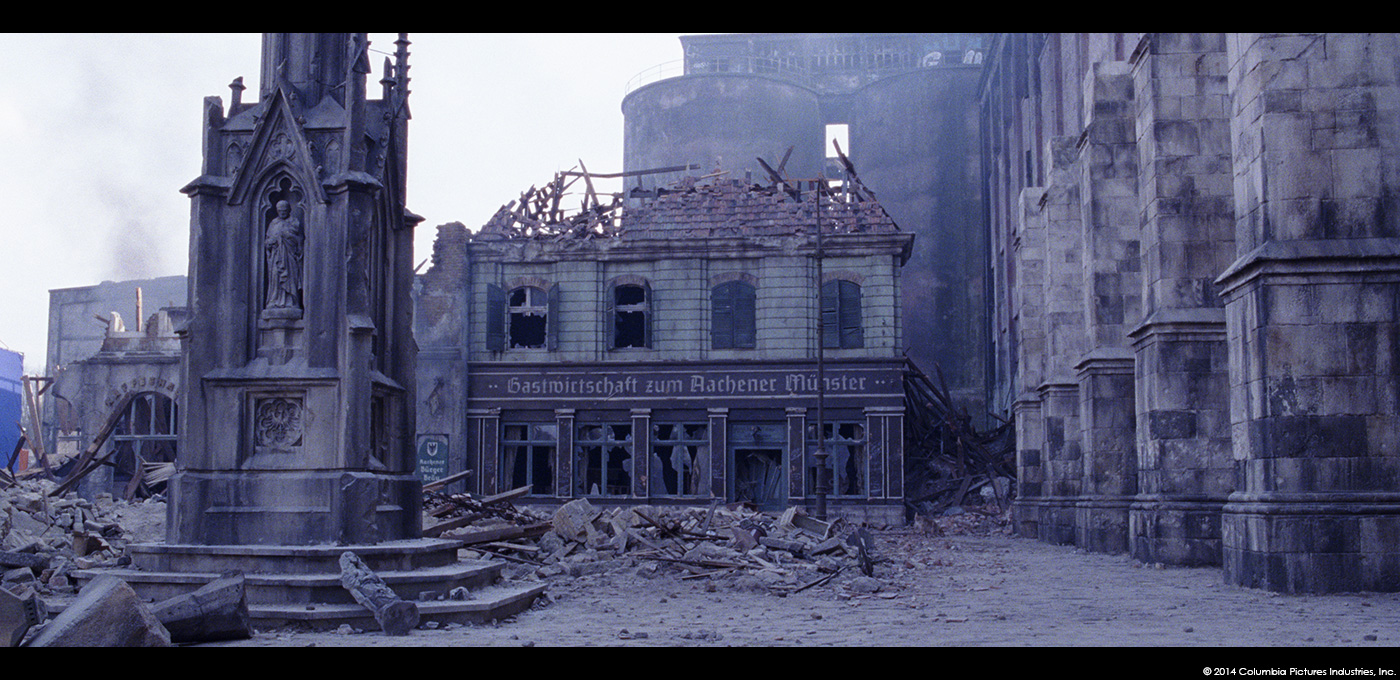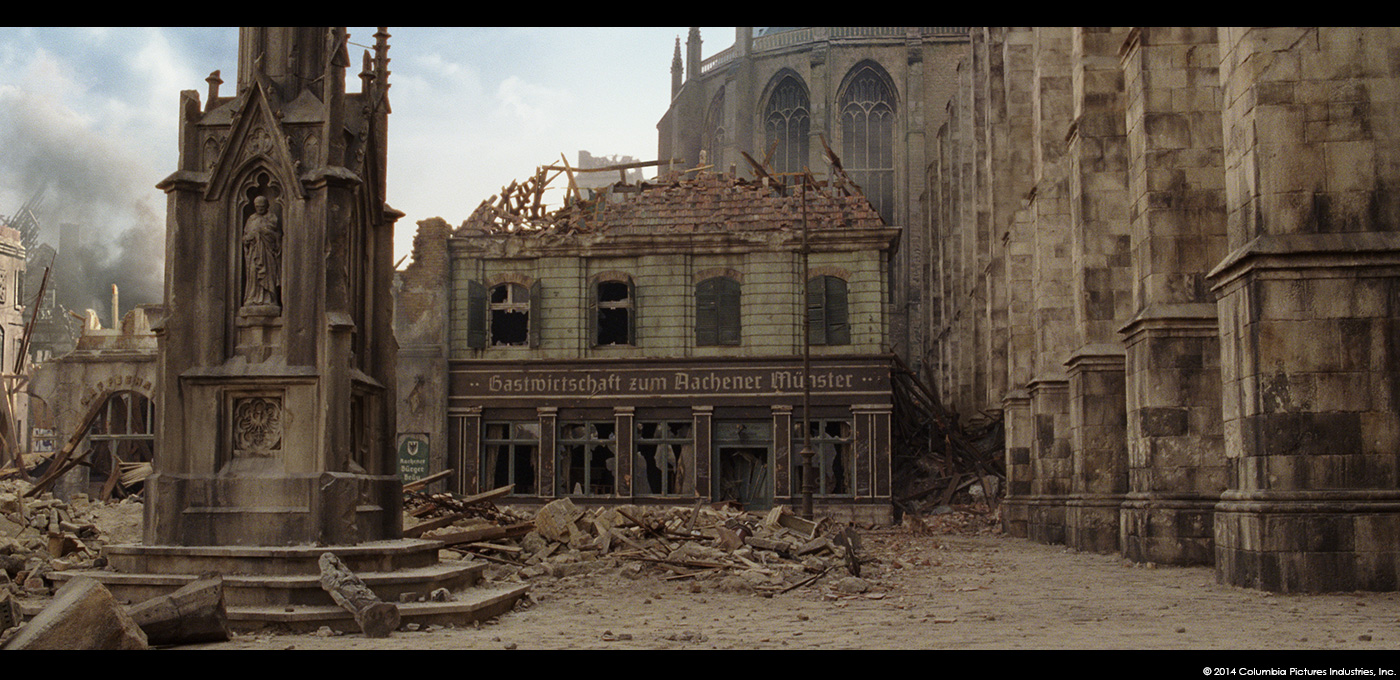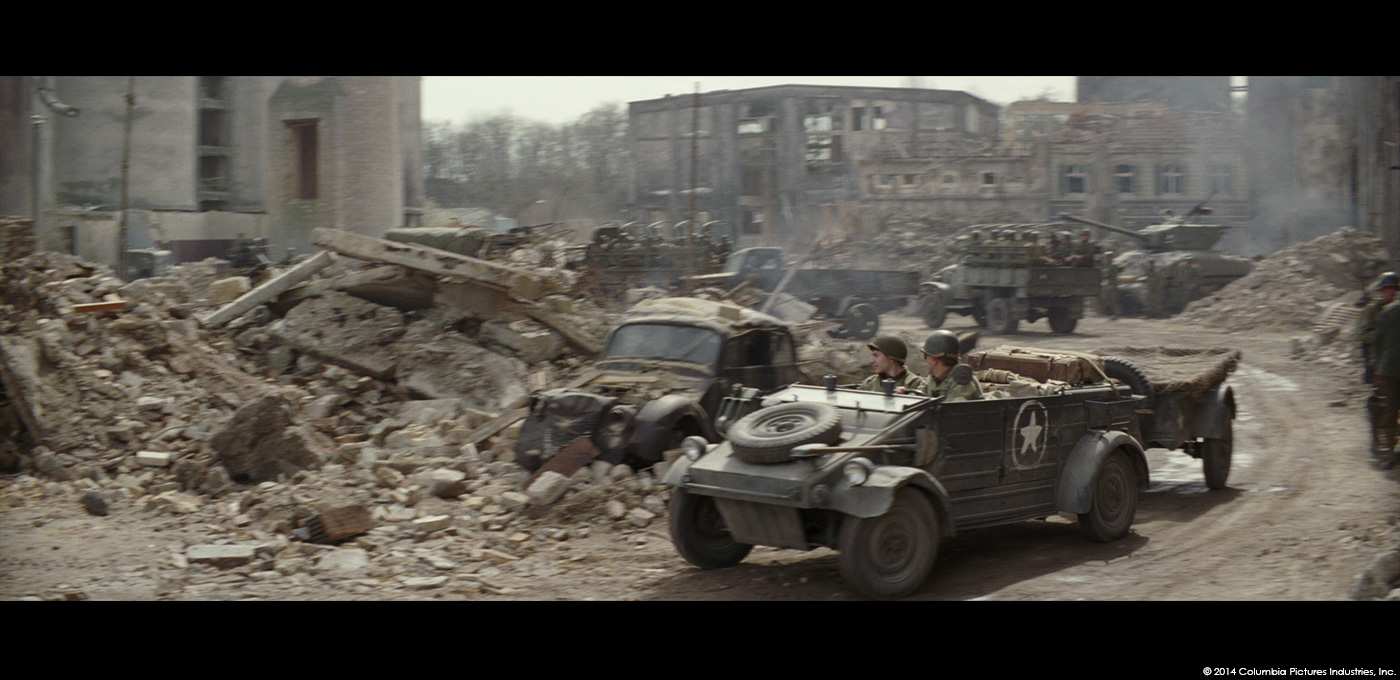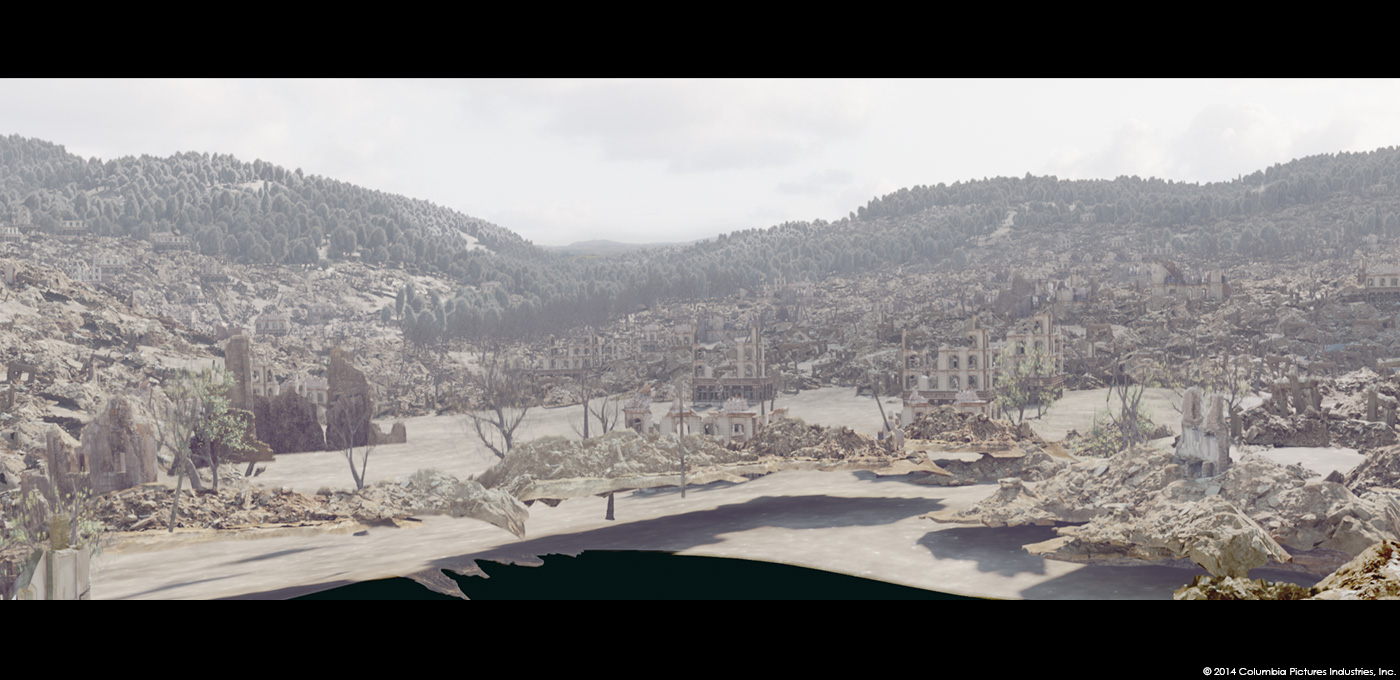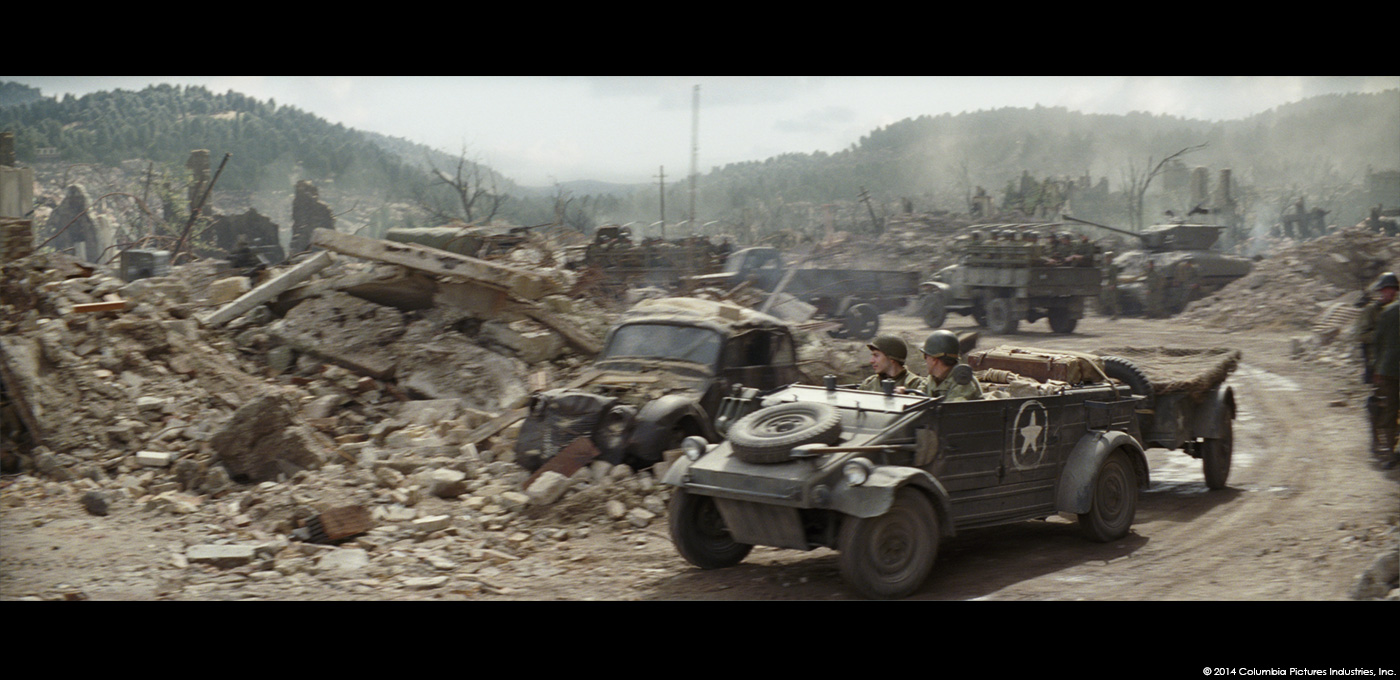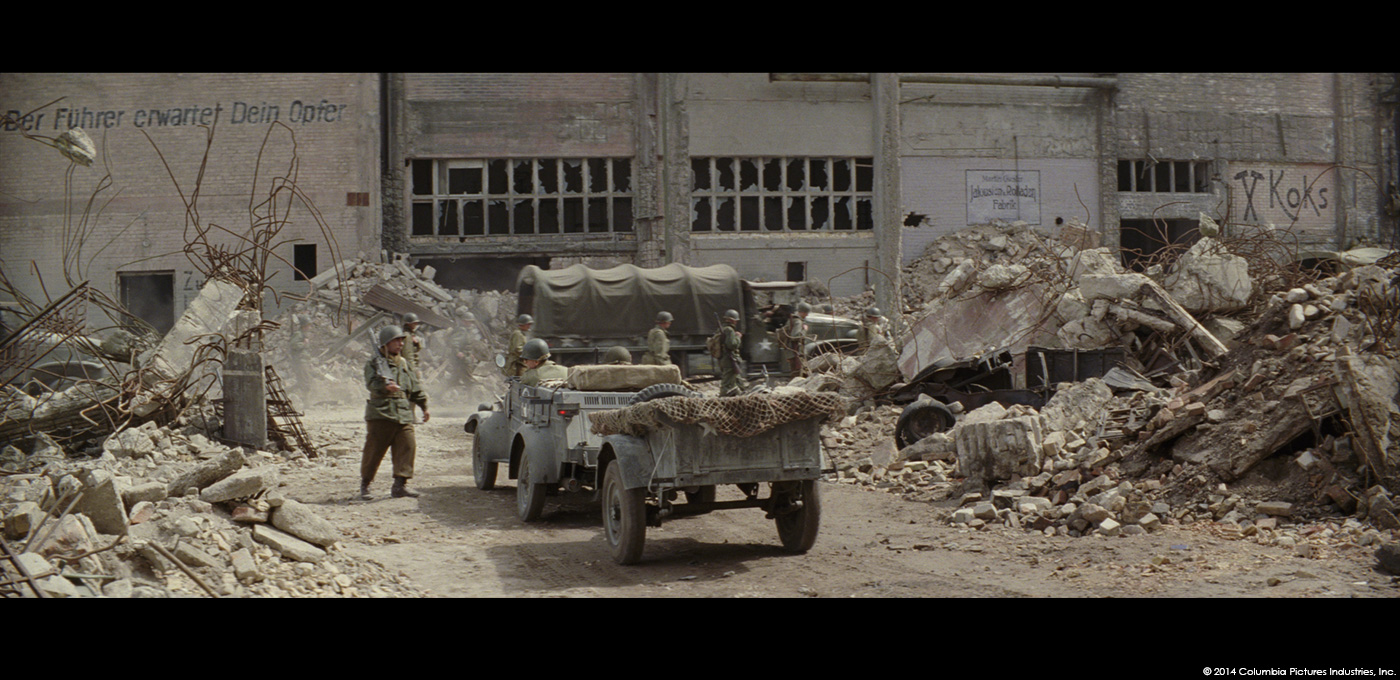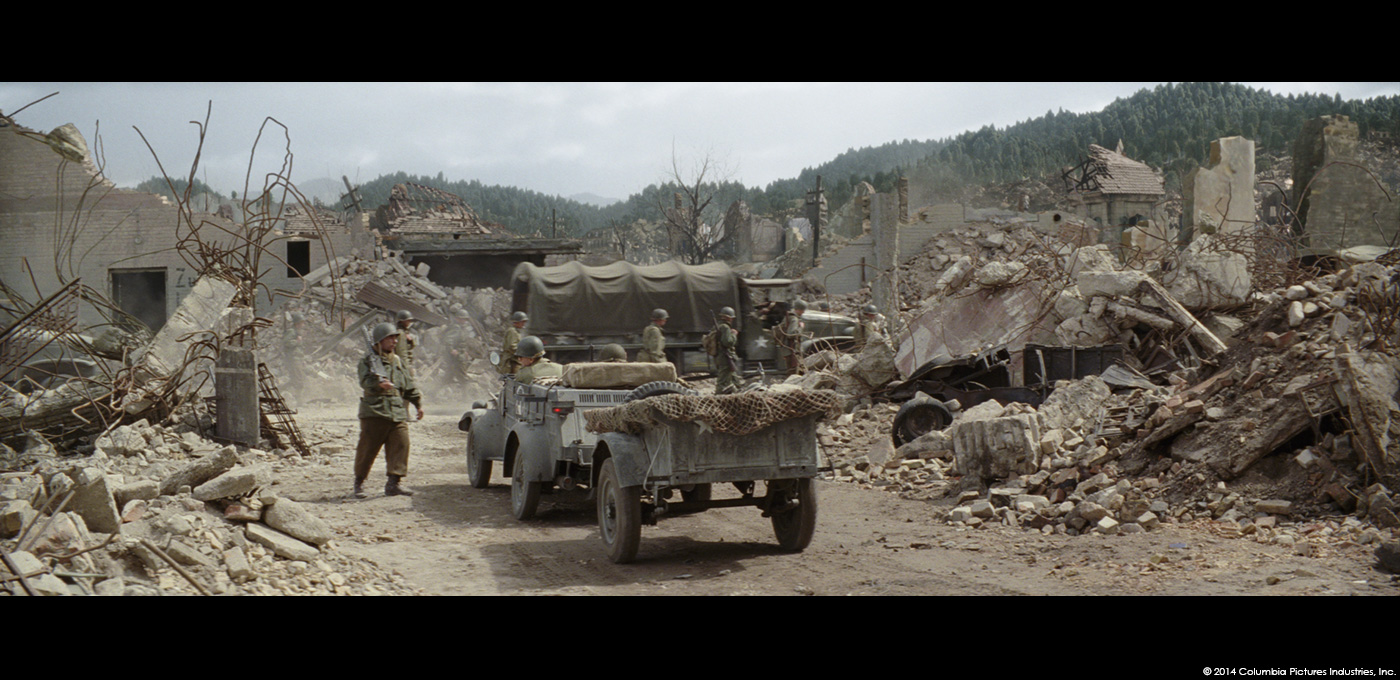In his last interview, Jon Neill had explained in details the work of Cinesite on SKYFALL. Now, he tells us about his work on THE MONUMENTS MEN.
How did Cinesite get involved in this show?
Cinesite has worked previously with VFX Supervisor Angus Bickerton on productions including BAND OF BROTHERS, THE CHRONICLES OF NARNIA: THE VOYAGE OF THE DAWN TREADER, THE HITCHHIKERS’ GUIDE TO THE GALAXY and INKHEART.
Initially, we offered to help with developing a particular sequence and subsequently, we were awarded additional work.
How was the collaboration with director George Clooney?
Production VFX Supervisor Angus Bickerton collaborated directly with George and then communicated his feedback to us, so we never really had any direct contact with him.
What was his approach about the visual effects?
He had a pretty hands off approach to the visual effects, relying on Angus to interpret what he wanted. Ultimately, the visual effects needed to be invisible and photorealistic, not interrupting the narrative in any way. We concentrated on being as subtle and historically accurate as possible.
How did you collaborate with Production VFX Supervisor Angus Bickerton?
Initially, we created previsualisation for the Paris flyover sequence in the preproduction stage. Subsequently, I was on set in East Berlin around April-May 2013 working with him closely whilst Cinesite’s sequences were filmed. Once the work came back to our offices in Soho Angus came in for regular reviews every couple of days, so there was a constant dialogue throughout the development of the sequences.
What have you done on this show?
We created a variety of shots and sequences, including Merker’s gold room in the underground salt mine, environments with a high level of destruction, shots at Shrivenham airfield, and the Paris flyover sequence, where Matt Damon is flying at night time over France.
How did you approach the beautiful shot in the salt mine?
In this shot, Bill Murray turns on the lights in an underground salt mine and as they flicker to life he is surprised to see a vast array of gold and cash revealed, stretching back as far as the eye can see. We felt that a digital matte painting approach might look flat and two-dimensional, so from an early stage decided to use photogrammetry.
What was the real size of this set?
The set, which was filmed in Berlin, was only about 20 feet wide and deep. The actors were filmed in front of a green screen, and we captured photogrammic detail from the real set like rail tracks, trolley, gas canisters, gold and cash boxes.
Can you explain in detail about the creation of this environment?
The detail captured on set using photogrammetry was used to generate textured models, which were laid out in a Maya scene. A lighting rig, replicating a continuation of the set lighting, was also created.
An image was rendered from a fully raytraced, globally illuminated scene with all the lights switched on. It was important not to lock down the sequence in which the lights could come on so we rendered a light direction with occlusion and shadow pass for each spot light. In Nuke we set up a script where the light passes could illuminate the background in any order by bringing through the beauty pass and adding proper directional shadows. Grain and anamorphic lens flares and aberration completed the photo realistic look.
Can you tell us more about your work on the Shrivenham airfield?
The team created two visual effects shots for the sequence at Shrivenham airfield, where Jeffries (Hugh Bonneville) is welcoming members of the art saving platoon. In the original footage, the actors were in the foreground with a plane landing behind, in a real airfield location. Using reference photos of a real period aircraft we created and replicated more planes in the background, in addition to adding production elements of greenscreen crowds and vehicles to recreate a busy WW2 airfield environment.
Can you tell us more about the creation of the destroyed city?
We worked on destruction shots for two cities in the film; Aachen and Siegen.
In the Aachen sequence, John Goodman is standing behind a monument being fired upon by a sniper in a nearby building. Again, this was shot in Berlin, in an old refinery where the production built a set of destroyed houses and cafes. Real rubble was on the ground and the set included wrecked, burnt out cars. Our job was to remove the existing refinery and replace the background with a continuation of the art department’s set using digital matte painting techniques.
The more challenging destruction sequence was that of the city of Siegen. Stokes (George Clooney) drives up in a jeep, asking a soldier where Siegen is. He is informed that he is already there, and drives away in disbelief as the camera cranes up to reveal the flattened city, stretching to the horizon.
These shots were also filmed on the refinery set. We kept the piles of rubble in the mid ground, digitally removing the Belgian houses and cafes. We were given concept art by the production based on historical pictures of destruction. Using photogrammic reference created with the concept art combined with 3D miniatures we created almost completely destroyed ruins and piles of CG rubble. Everything was laid out in MODO as a full CG scene with the destroyed city merging into the forest and hills. Rendering in full 3D gave us an epic feeling of parallax, which works particularly well because of the wide arc of movement by the camera. 2D elements of smoke, dust and flies were also added in the compositing stage.
What was the biggest challenge on this project and how did you achieve it?
Realism was always the ultimate challenge for us; nothing less than absolutely convincing environments would work. We spent a great deal of time developing environments from every angle to make sure they looked absolutely photorealistic. We have a very strong environments team and pipeline, led by Environments Supervisor Thomas Dyg, who did a fantastic job.
What do you keep from this experience?
I would definitely approach all backgrounds using photogrammetry and working in 3D in future; the results give great cinematic depth and realism. Previously, this may not have been my first approach.
How long have you worked on this film?
In total, from pre-production to delivery took around ten months.
How many shots have you done?
We completed 42 shots.
What was the size of your team?
There were between 12-15 people on the team, at any time.
What is your next project?
I have moved onto the MGM production HERCULES, which releases later this Summer.
A big thanks for your time.
// WANT TO KNOW MORE?
– Cinesite: Dedicated page about THE MONUMENTS MEN on Cinesite website.
© Vincent Frei – The Art of VFX – 2014



